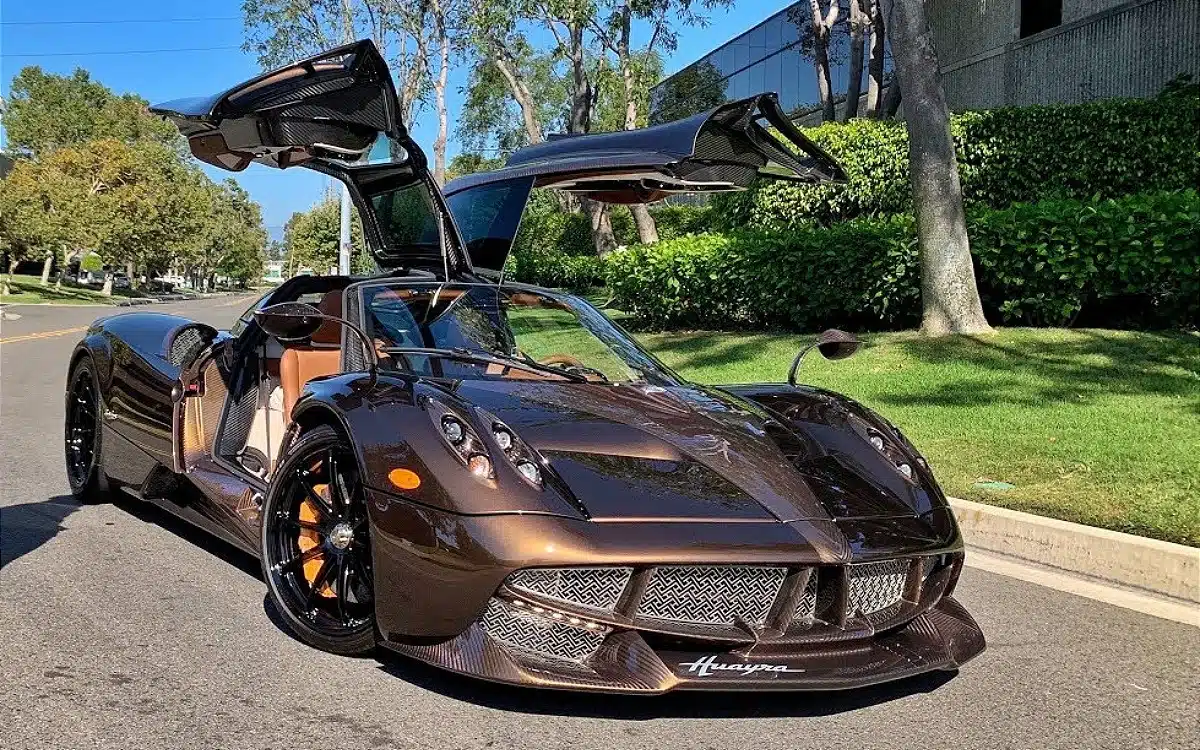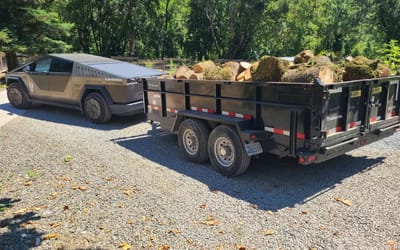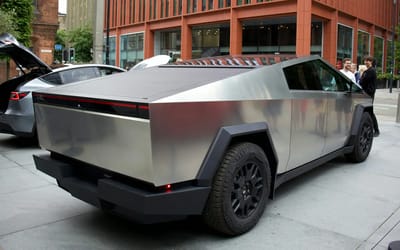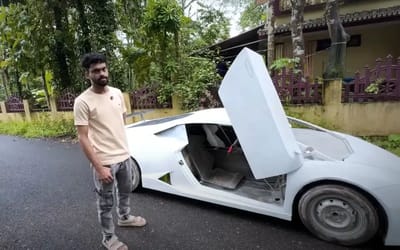The remarkable story behind Pagani's birth from Lamborghini's questionable decision
- While both are incredible feats of Italian engineering, Pagani was born out of a decision made by Lamborghini’s bosses
- Pagani is currently the only Italian automotive manufacturer still making their supercars as an independent company
- But the reason why might just surprise you
Published on Jan 05, 2024 at 9:07 PM (UTC+4)
by Amelia Jean Hershman-Jones
Last updated on Jan 22, 2024 at 7:46 PM (UTC+4)
Edited by
Alessandro Renesis
Pagani supercars are incredible feats of Italian engineering and art, but the story of how they were born out of a decision made by Lamborghini’s bosses is just as impressive.
The luxury brand’s Hermes Edition Pagani Huayra has annual service costs that are hard to believe and the ‘Tempesta Package’ costing as much as a new supercar.
But this is in part because Pagani’s currently the only Italian automotive manufacturer still making their supercars as an independent company.
READ MORE! There’s one hilarious feature of the Pagani Utopia people just can’t get over
Pagani’s creative and design direction is still under the control of its founder, Horacio Pagani.
Lamborghini’s higher ups, on the other hand, sold out to become a publicly traded company.
While there are still rare models, Lamborghini upped production numbers to make money for their shareholders, Pagani’s production is still restricted limited to 50 a year.
One example is this 1-of-10 Pagani Zonda R which was expected to fetch $6.5m at auction last year.
Driving rarity, demand – and prices – skyward.
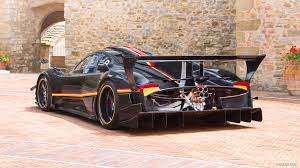
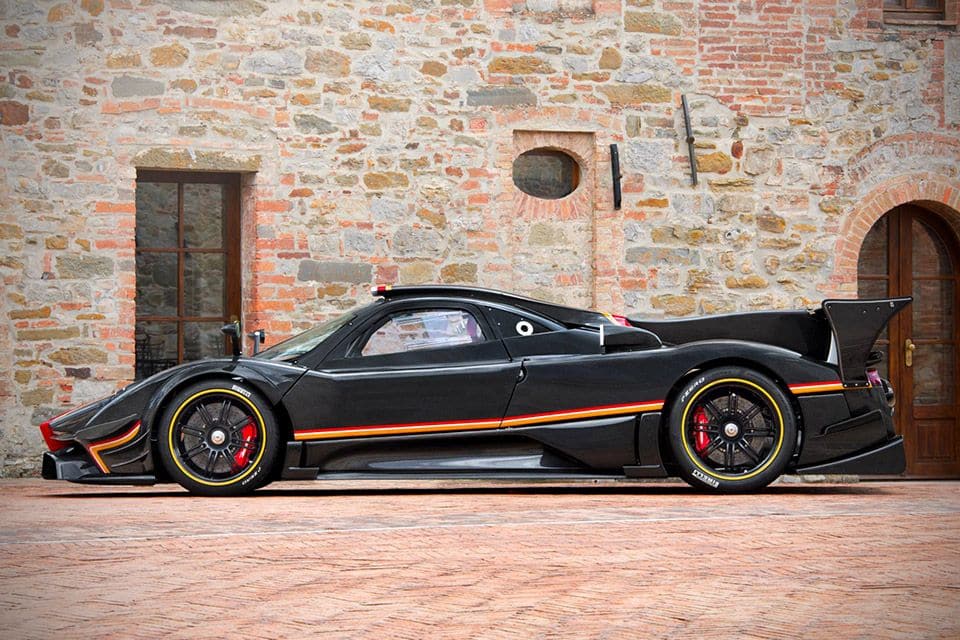
Born 10 November, 1955, Horacio Pagani is an Argentine-Italian businessman and automotive engineer.
He worked at Lamborghini, working his way up from sweeping floors to becoming the head engineer.
Pagani saw carbon fiber as the future of high-performance supercars after it was first utilized in car making in 1981, per Carbon Touch.
He began experimenting with the material before Formula One cultivated the lightweight polymer.
Realizing that carbon fiber was the future, Pagani tried to convince Lamborghini’s decision-makers to invest in an autoclave to expand its production of carbon fiber components for the Countach Evoluzione.
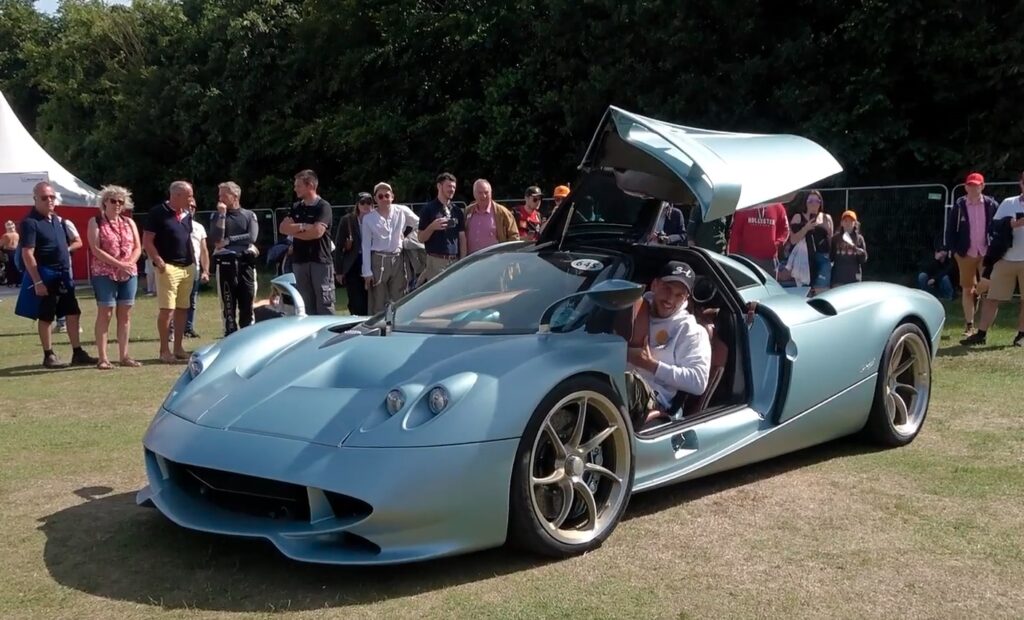
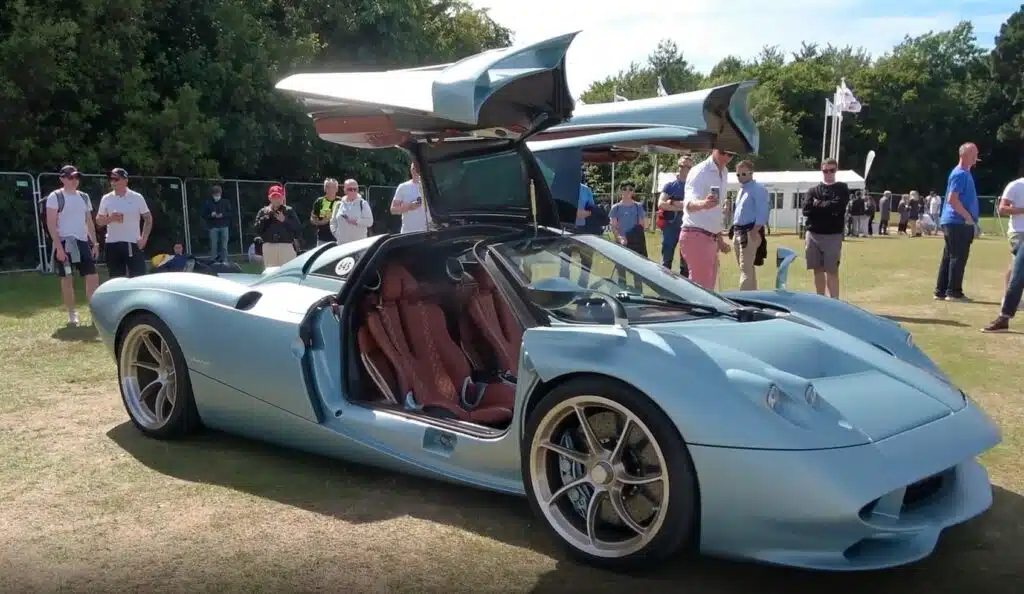
However, to their later chagrin, Lamborghini’s bosses didn’t listen.
It’s thought that this is because their rivals at Ferrari, didn’t have an autoclave yet.
Determined that carbon fiber-bodied, lightweight cars, were the future, Mr Pagani took a bank loan and bought an autoclave himself in 1987.
In 1988, Mr Pagani founded Pagani Composite Research and worked on many Lamborghini projects, including the restyled Countach 25th Anniversary Edition.
Horacio Pagani began designing his own car in the late 1980s as part of the ‘C8 Project’.
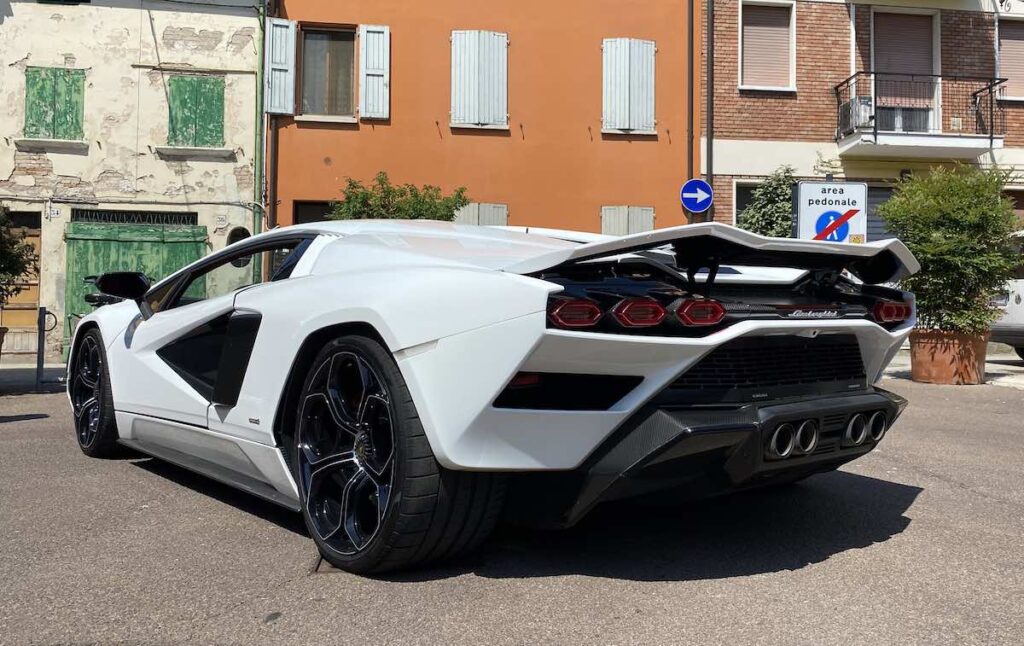
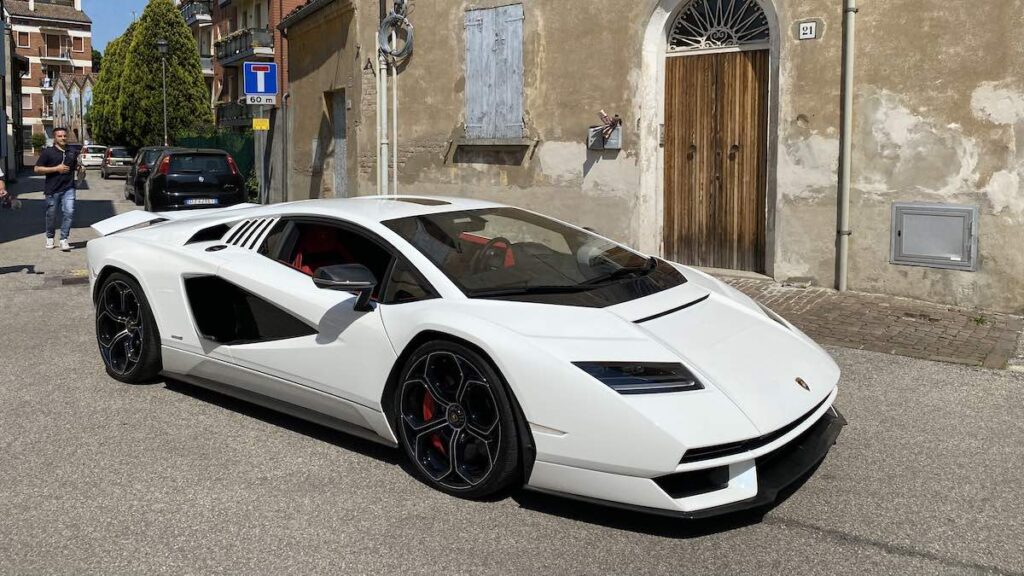
He’d later rename the prototype ‘Fangio F1’ in honor of the Argentinean five-time F1 winner, Juan Manuel Fangio.
Having become a respected name in the world of automotive engineering and design, he was able to establish his own company: Modena Design.
Modena Design met the new demand for carbon fiber composites used in F1 cars by automakers such as Ferrari, Daimler, and Aprilia.
His company later morphed into small-factory, Pagani Automobili.
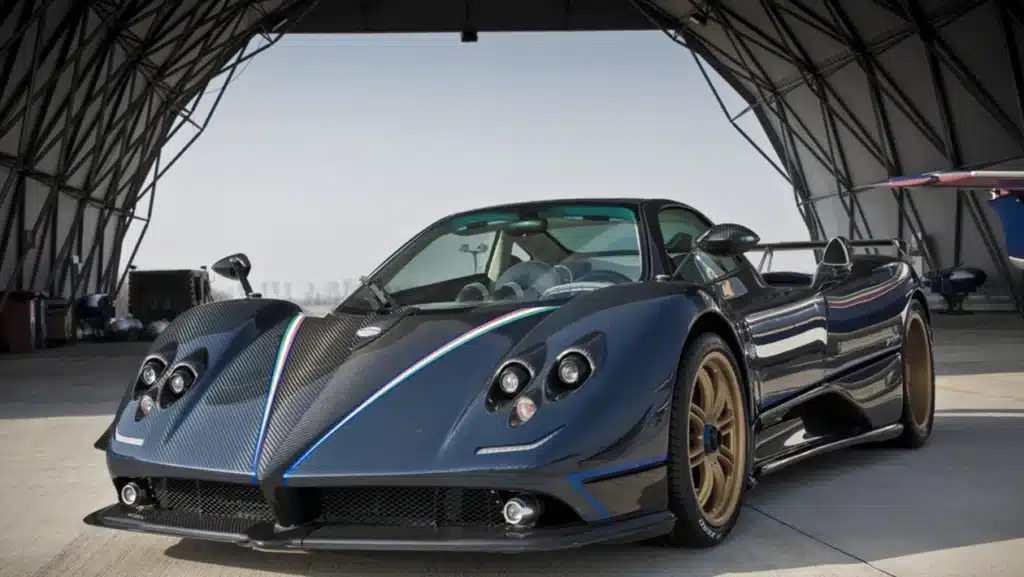
There he was able to oversee the creation of a hand-built supercars.
Construction began in 1992 of the Fangio F1 prototype – later renamed the Pagani Zonda.
Seven years later, Pagani unveiled the $2.3 million Zonda C12 at the 1999 Geneva Motor Show.
Now, alongside next-gen hypercars, Pagani is developing an all-new naturally breathing V12 for the Huayra R in partnership with HWA AG, the Mercedes-Benz CLK GTR’s builders.
DISCOVER SBX CARS: The global premium car auction platform powered by Supercar Blondie

All Supercar Blondie contributors undergo editorial review and fact-checking to ensure accuracy and authority in automotive journalism. After gaining her BA Hons in French and English at the University of Nottingham, Amelia embarked on a vocational diploma from the National Council for the Training of Journalists (NCTJ). This led to numerous opportunities, from interning at Vogue to being on the small team that launched Women’s Health magazine in the UK, which was named the PPA Consumer magazine of the year for three years running. As Health, Beauty and Fitness editor, Amelia personally received a Johnson & Johnson Award and was shortlisted for both PPA and BSME titles. Since then, Amelia has created content for numerous titles and brands, including the Telegraph, 111 Skin, Waitrose, Red magazine, Stylist, and Elle, as well as being Head of Content at Vitality and Editor in Chief at INLondon magazine. “My superpower is translating technical jargon about the mechanical workings of a supercar into a relatable story you’ll want to share with your friends after you’ve read it.” After joining the SB Media family as a senior journalist in September of 2023, Amelia’s role has evolved to see her heading up the SEO output of the editorial team. From researching the most ‘Google-able’ key terms to producing evergreen content - it’s been a time of hard work, growth, and success for the editorial team and the Supercar Blondie website. “I like to think of myself as a ‘method journalist’. In other words: I live and breathe whatever I am writing about. When writing about fitness, I trained as a personal trainer, and as a beauty editor, I completed an ‘expert’ in scent diploma with the Fragrance Foundation. “During my tenure at Supercar Blondie, however, I did something I never thought possible: I passed my driving test at the age of 36. One day I’d love to train as a mechanic to better understand what happens under the hood, too. “My sweet spot is providing readers with a ‘takeaway’ (read: something new they didn’t know before) after reading every one of my stories. While I don’t claim to be an expert in the automotive world, I know the experts and bodies in the field to rely on to provide our readers with an informative and thought-provoking story every time they visit the site.”
